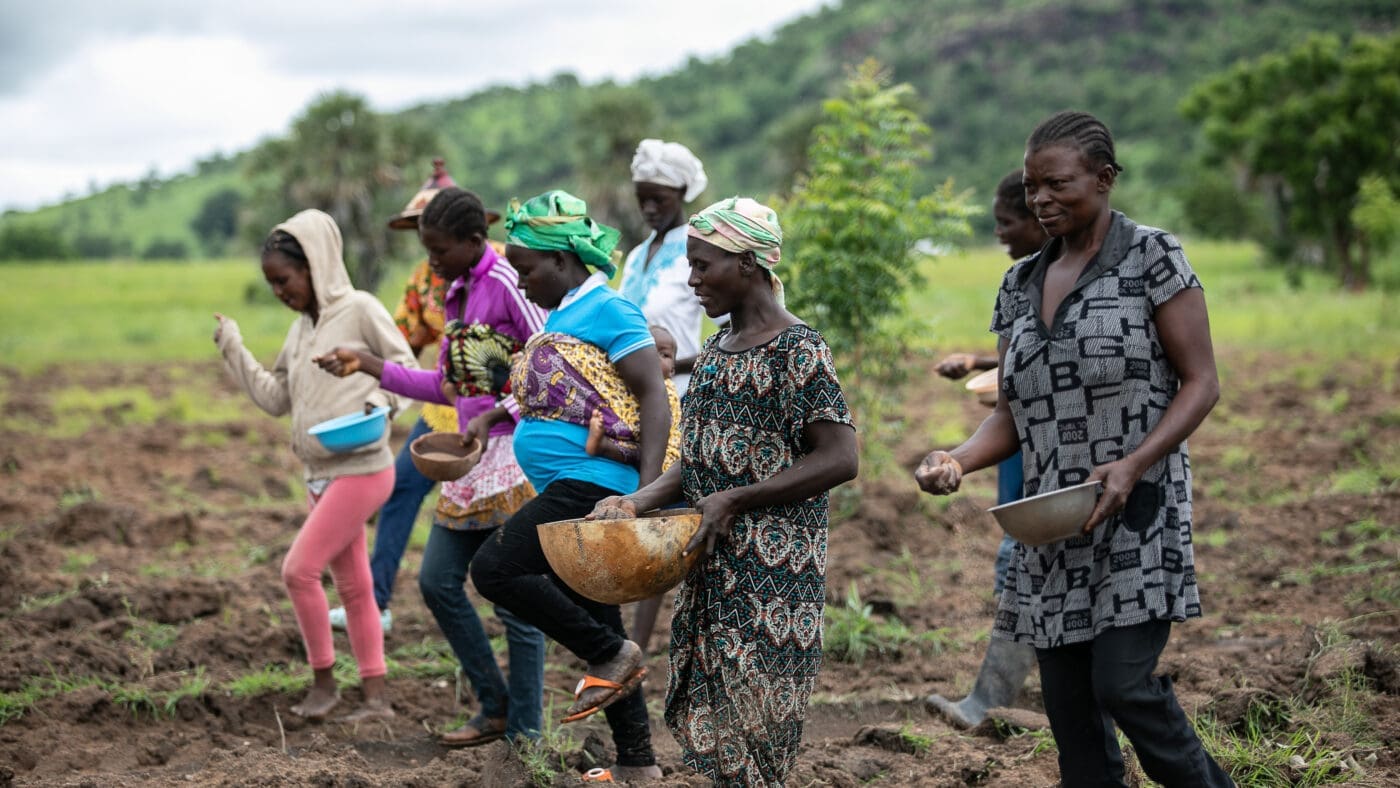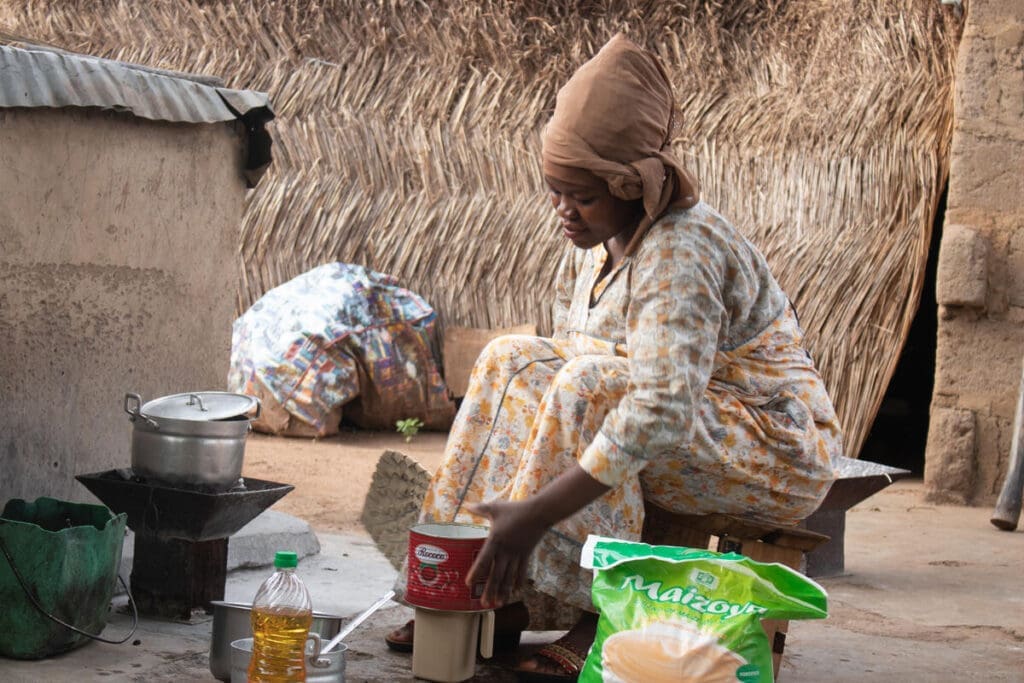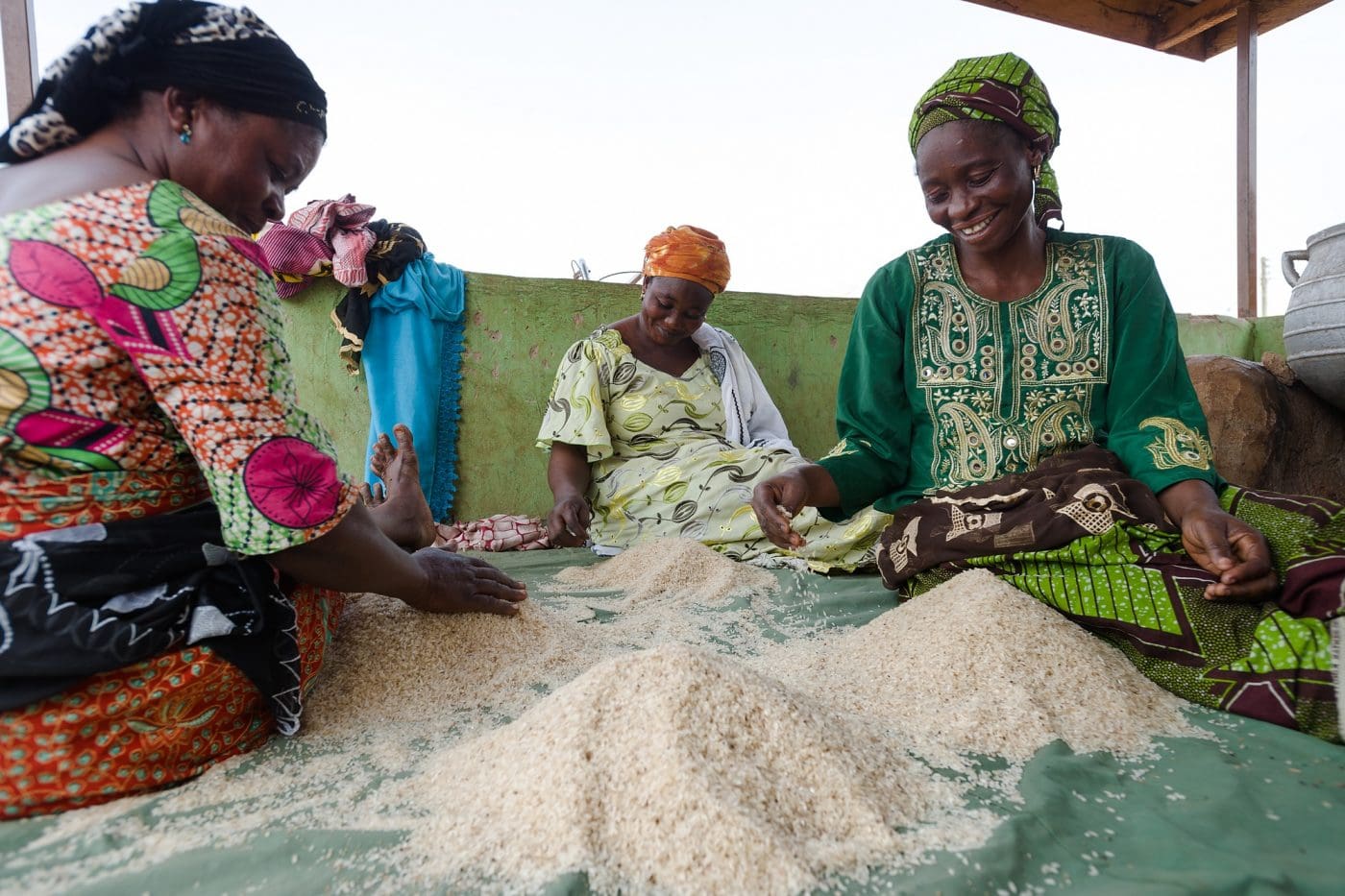
Ghana
Over the last 20 years, significant progress has been made in reducing poverty and hunger levels. However, Hunger and malnutrition persist primarily in northern Ghana, as well as many rural communities across the country.
of people live in poverty
people are hungry
women are anemic
Poor Food Systems
A main driver of hunger and malnutrition in Ghana is poverty. Despite rapid urbanization, inefficient food systems in rural areas are keeping poverty and food insecurity rates high. Farmers face challenges from climate change, low prices, poor road infrastructure, lack of access to finance, inadequate markets, post-harvest losses, insufficient education, unsustainable farming systems and gender inequalities.
Agriculture remains the mainstay of the entire Ghanaian economy. About 45% of the population relies on the agricultural sector for their livelihoods. In northern Ghana, 90% of families rely on agricultural livelihoods, and severely limited food production has resulted in chronic poverty, food insecurity and malnutrition. Varying food availability causes price fluctuations throughout the country, which in turn affect affordability. Because Ghana is a food deficit country, families are also vulnerable to global price spikes for imported foods such as rice.

WFP’s Work in Ghana
WFP has been present in Ghana since 1963 and is assisting the government with an integrated food security and nutrition program. This program involves the private sector and aims to reduce malnutrition, improve the country’s food systems and strengthen social protection programs.

To help prevent stunting and vitamin and mineral deficiencies, WFP is supporting the private sector in producing and marketing affordable, safe fortified nutritious foods which comply with international standards. WFP provided two companies with technical and financial support and linked them with small-scale farmers.


Through the First 1,000 Days program, WFP provides nutrition support to pregnant and nursing women, adolescent girls and children between the ages of 6 months to 2 years. With government institutions, WFP encourages people to eat local nutritious foods and adopt healthy behaviors.


WFP links small-scale farmer groups to markets with the goal of increasing the availability, access and utilization of staple foods like corn, cowpeas and soybeans. WFP works with government and private sector actors to create modern and more efficient food supply chain systems, as well as provide the appropriate post-harvest facilities, technologies and services that guarantee food safety and quality standards.
